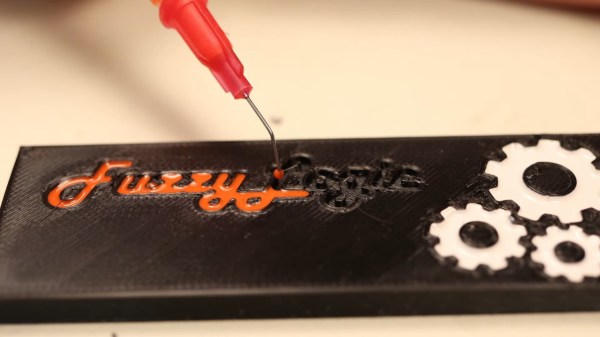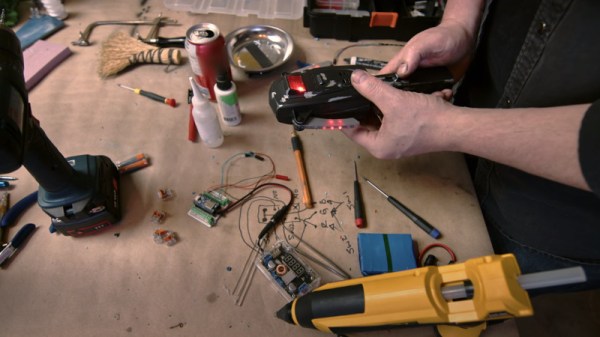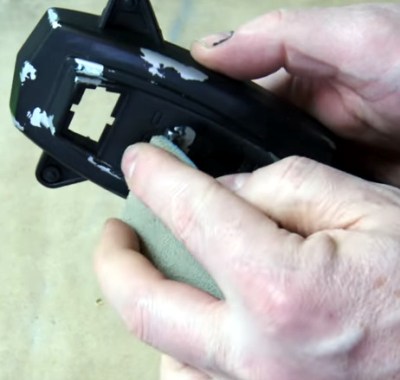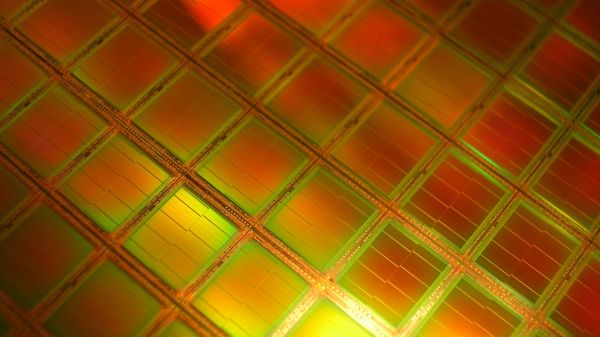When you have a solar-powered web server, where do you go next for a source of power? Instead of lazily mooching off the sun, you can use your muscle with a bike generator. [Ed note: The site is run on an entirely solar-powered server, so if it’s the middle of the night, you might have a better web experience here.]
We’ve covered bicycle generators before, so what’s new? For starters, the accessibility of chargers and batteries has changed significantly. Rather than just charging a phone or putting out a measly 5V, this bike can be integrated into an existing solar PV system and output many voltages. This guide goes over building one with hand tools with great detail.
It starts with a 1950’s vintage exercise bicycle, no hacksaw required. A friction drive connects a generator and makes for an incredibly compact generator/exercise machine. Calculating the correct gear ratio is crucial to getting the 12 volts out at an average pedaling speed. You want your range of voltages to be between 5 and 24 volts. With the help of a control panel provides 5v, 12v, 14.4v, and 220v to power a variety of devices. Boost and buck converters output these voltages (depending on whether the voltage needs to be set for a maximum or a minimum). A potentiometer allows you to dial back the power draw of certain appliances (an electric kettle, for instance), making a workout a tad easier on the human component of the generator.
Another key takeaway from this guide is using a wind charge controller to charge batteries. A solar charge controller will just cut the circuit when the batteries are full. A wind charge controller will increase the load until the motor breaks. Some controllers are also hybrid wind and solar, allowing you to connect a small panel like the one running the webserver this guide is posted on and then charge up the batteries when it has been overcast for a few days in a row.

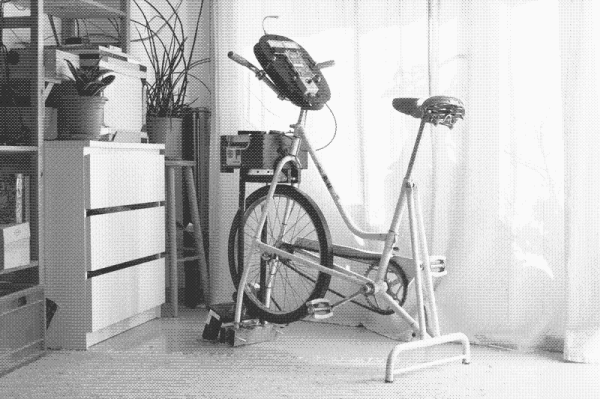
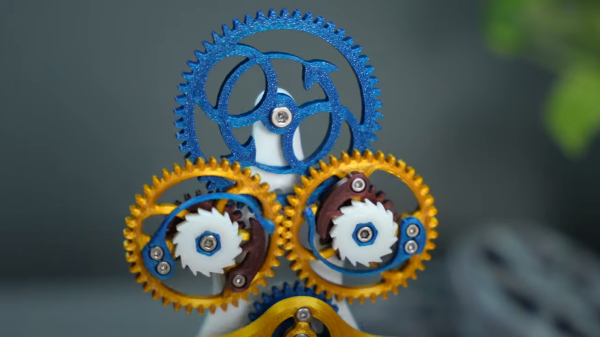
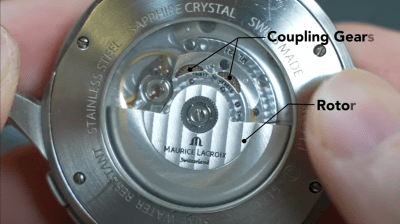 the centre of which has a one-way clutch, which transmits the torque onwards to the output gear. The input side of the clutch also drives an identical unit, which picks up rotations in the opposite direct, and also drives the same larger output gear. So simple, and watching this super-sized device in operation really gives you an appreciation of how elegant such mechanisms are. Could it be useful in other applications? How about converting wind power to mechanically pump water in remote locations? Let us know your thoughts in the comments down below!
the centre of which has a one-way clutch, which transmits the torque onwards to the output gear. The input side of the clutch also drives an identical unit, which picks up rotations in the opposite direct, and also drives the same larger output gear. So simple, and watching this super-sized device in operation really gives you an appreciation of how elegant such mechanisms are. Could it be useful in other applications? How about converting wind power to mechanically pump water in remote locations? Let us know your thoughts in the comments down below!